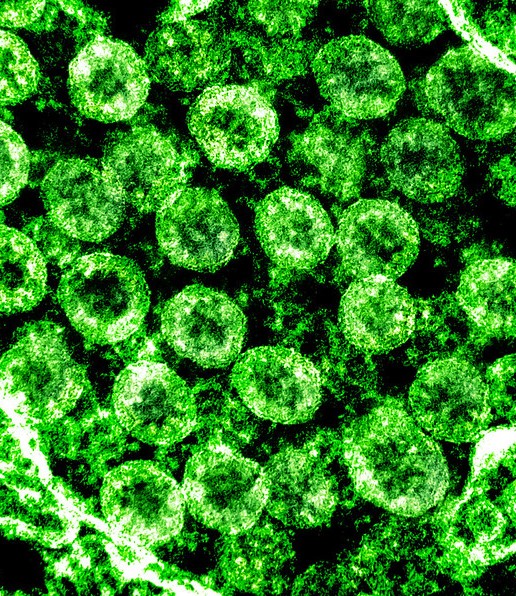Removing urinalysis and urine cultures from preoperative checklists for cardiac surgery was associated with a significant decrease in antibiotic prescriptions for bacteriuria, researchers reported today in Antimicrobial Stewardship & Healthcare Epidemiology.
In the single-center study, conducted at Massachusetts General Hospital, researchers assessed the proportion of patients undergoing screening for asymptomatic bacteriuria (ASB) in the 6 months prior to and after modification of the preoperative checklist for all patients undergoing cardiac artery bypass grafting (CABG).
Prior to the intervention, preoperative ASB screening was a routine step aimed at preventing postoperative infection, despite national guidelines recommending against the practice. The researchers also evaluated the impact of removing urinalysis and urine culture from the preoperative checklist on costs, antibiotic prescriptions, and postoperative infections.
A total of 502 patients were included in the study, with 254 in the preintervention group and 248 in the postintervention group. Comparison of the two groups showed a 76.5% decline in urinalyses and an 87.0% decline in urine cultures in the postintervention group, with an estimated cumulative cost savings of $8,090.38 and 50% fewer antibiotic prescriptions for bacteriuria. No increase in surgical-site infections, central line-associated bloodstream infections, catheter-associated urinary tract infections, or Clostridioides difficile infection was observed.
Removal of unnecessary orders from a preoperative checklist after a short education session targeted at wasteful laboratory testing was a highly effective strategy.
"Removal of unnecessary orders from a preoperative checklist after a short education session targeted at wasteful laboratory testing was a highly effective strategy to reduce unnecessary preoperative testing prior to CABG surgeries," the study authors wrote.

 Delayed diagnoses
Delayed diagnoses 













